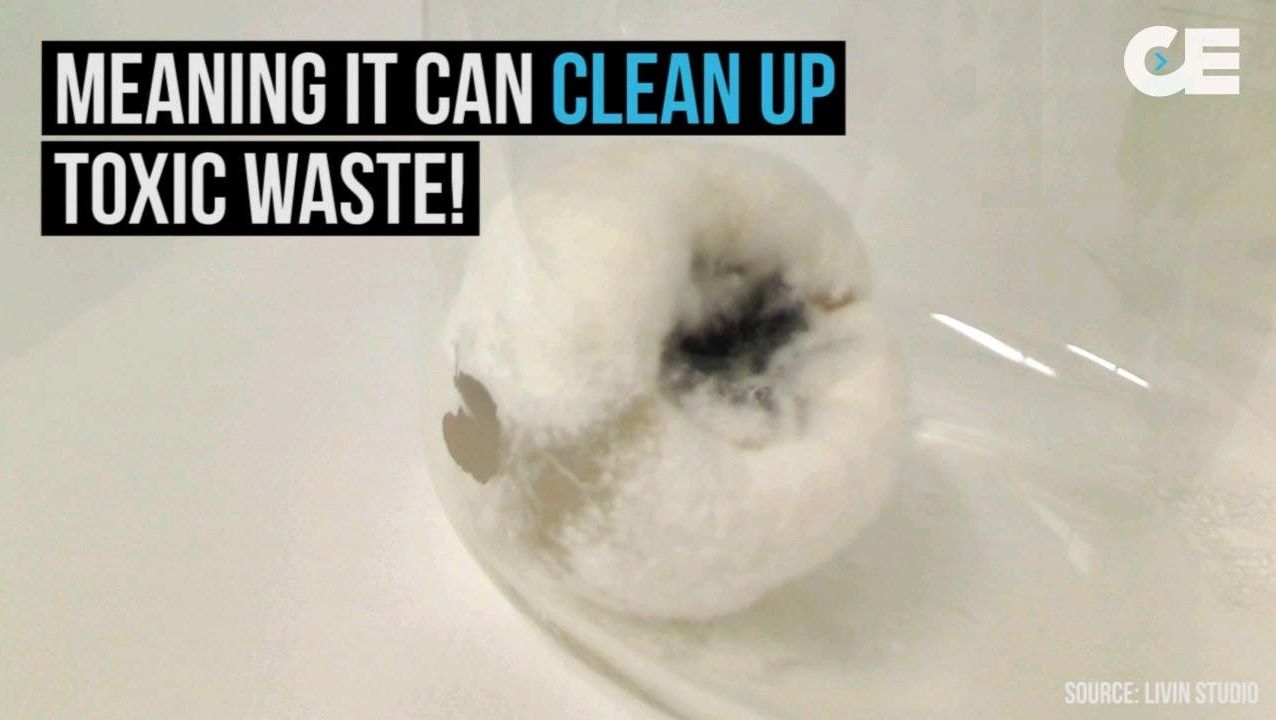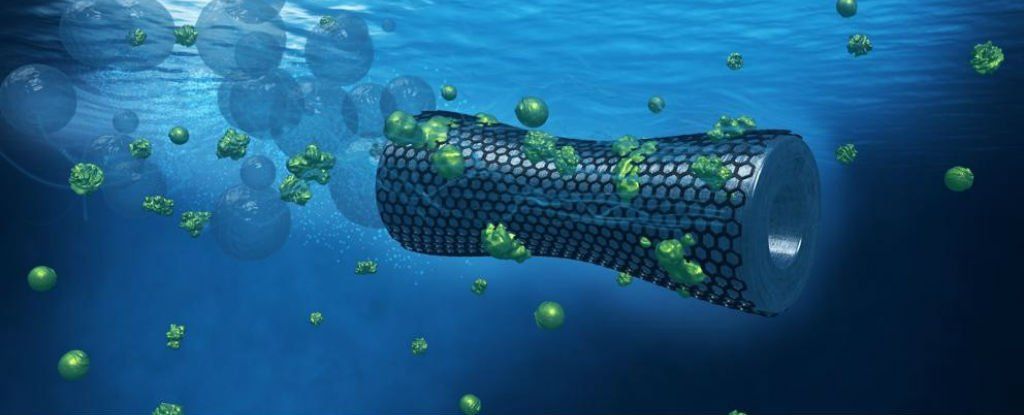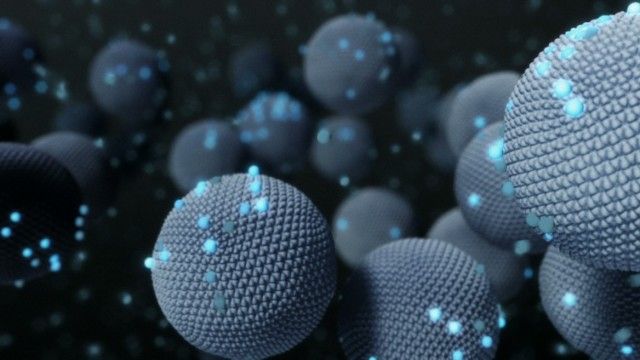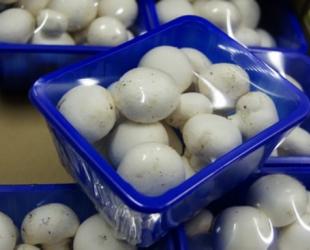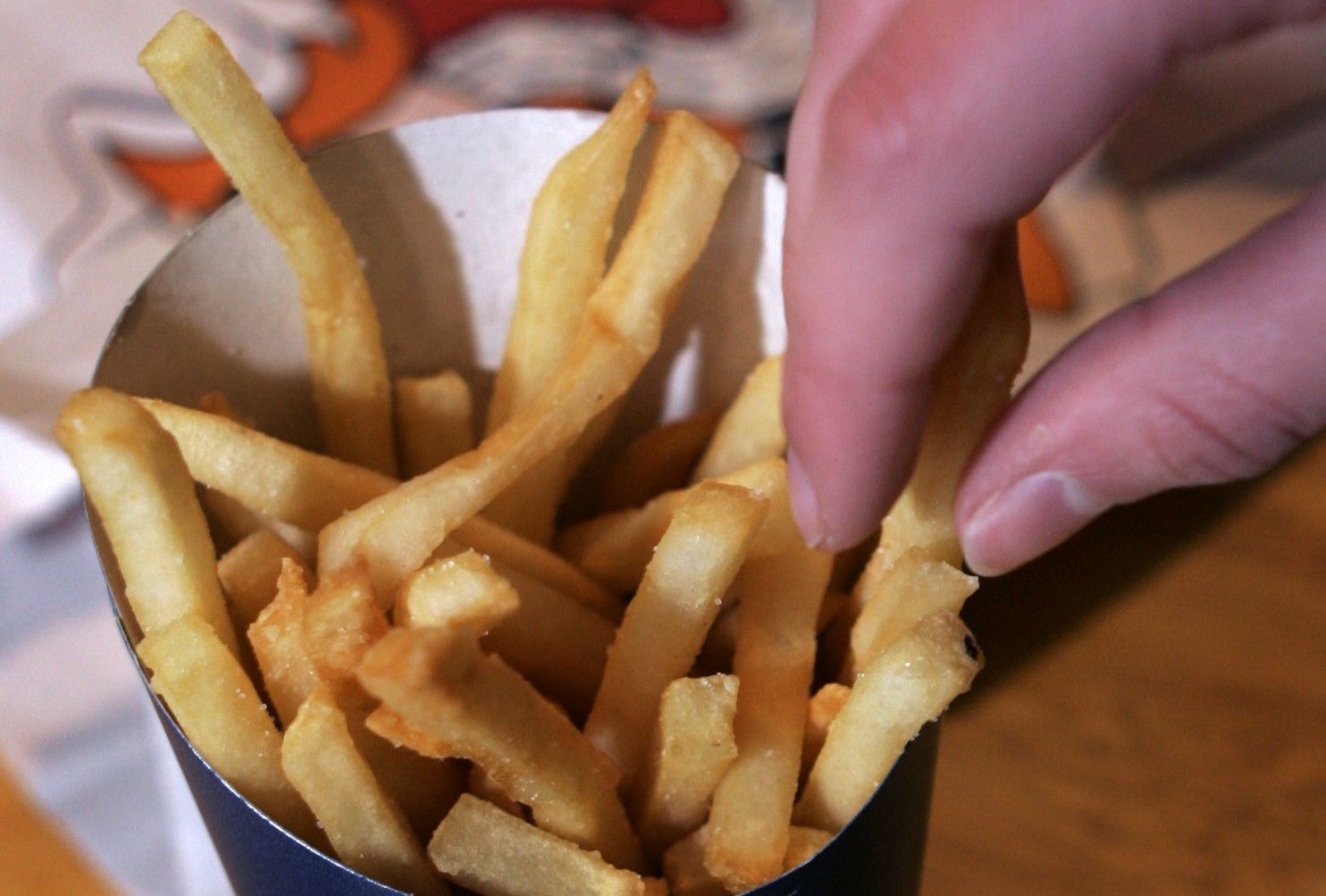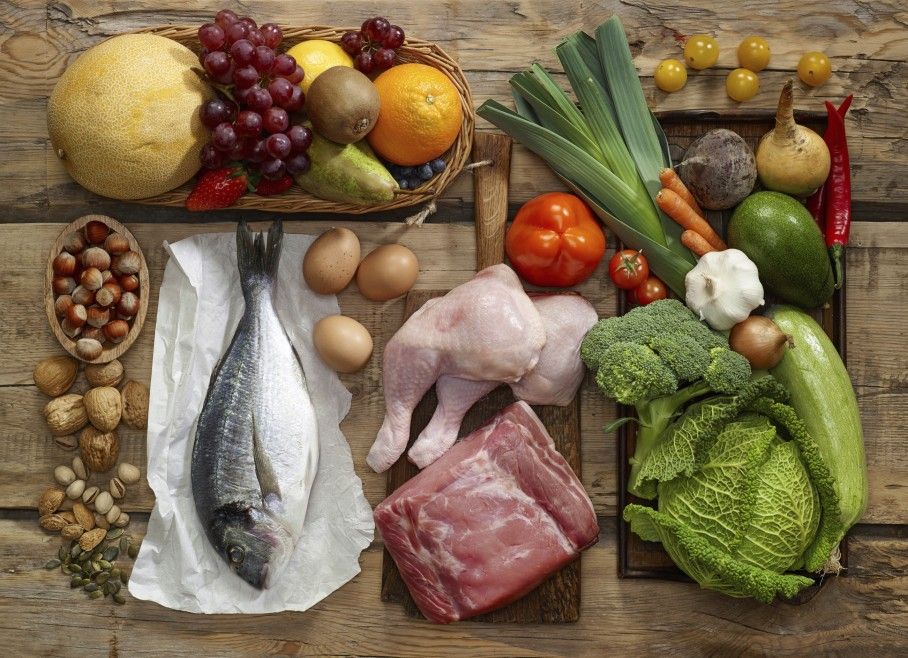Is AR your new diet plan?
The future of dining is here, and it’s all about molecular gastronomy, augmented reality headsets and multi-textured algae — and it’s virtually no calories.
Researchers at Project Nourished have found a way to merge the taste, feel and smell of food using atomizers, virtual reality headsets, a device that mimics chewing sounds, a glass with built-in sensors, a specialized utensil, and a 3D-printed food cube. The goal is to trick the user’s mind and palate into thinking they’re experiencing something entirely different than what they’re actually eating.
According to CEO Jinsoo An, the project was born out of his frustrations with his own gluten and soy sensitivities. He wants to help people struggling with weight management, diabetes and other food intolerances, so they can enjoy foods they might not otherwise be able to consume.


